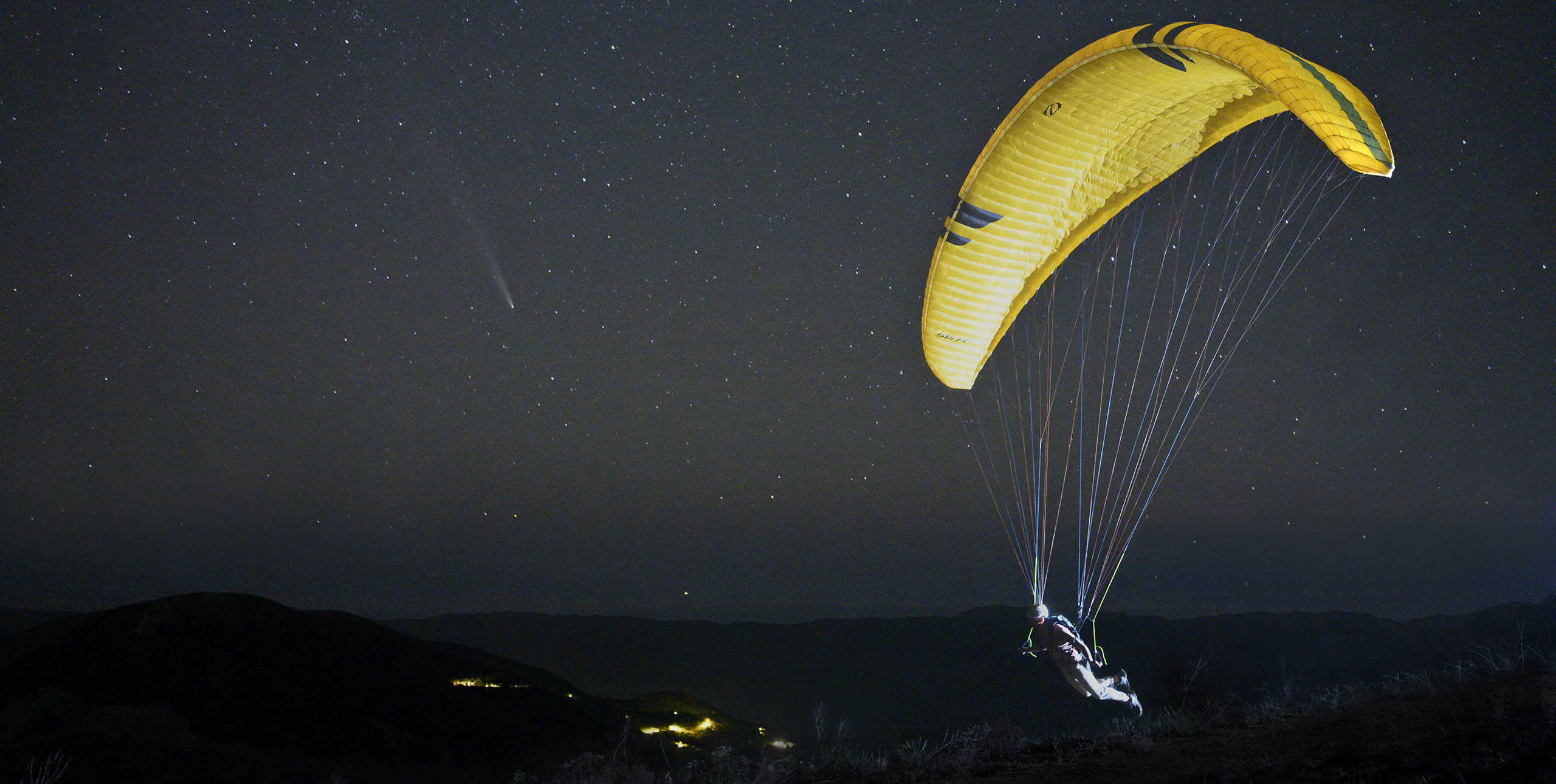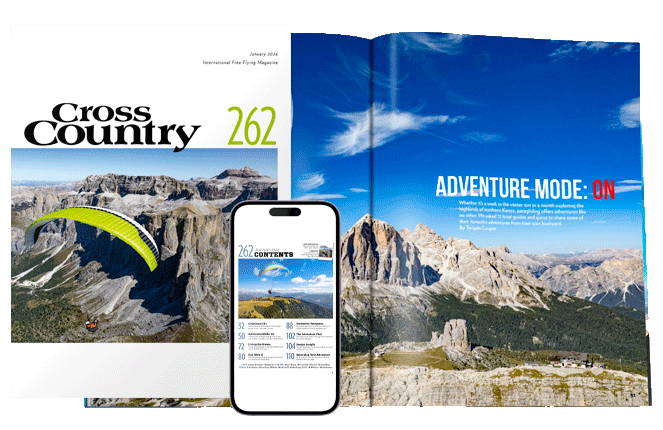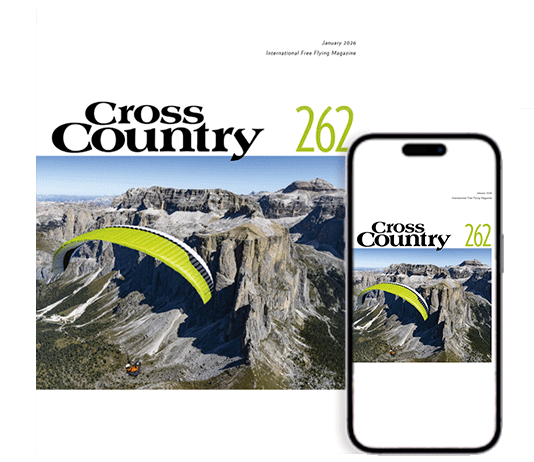
How I got the shot: the Tuschinshan-Atlas comet
Photographer Jacques Paul-Stefani explains how he took the remarkable Opening Shot photograph featured in Cross Country 254
6 December, 2024, by Jacques Paul-StefaniPhotographer Jacques Paul-Stefani explains how he took the remarkable Opening Shot photograph featured in Cross Country 254
6 December, 2024, by Jacques Paul-Stefani
